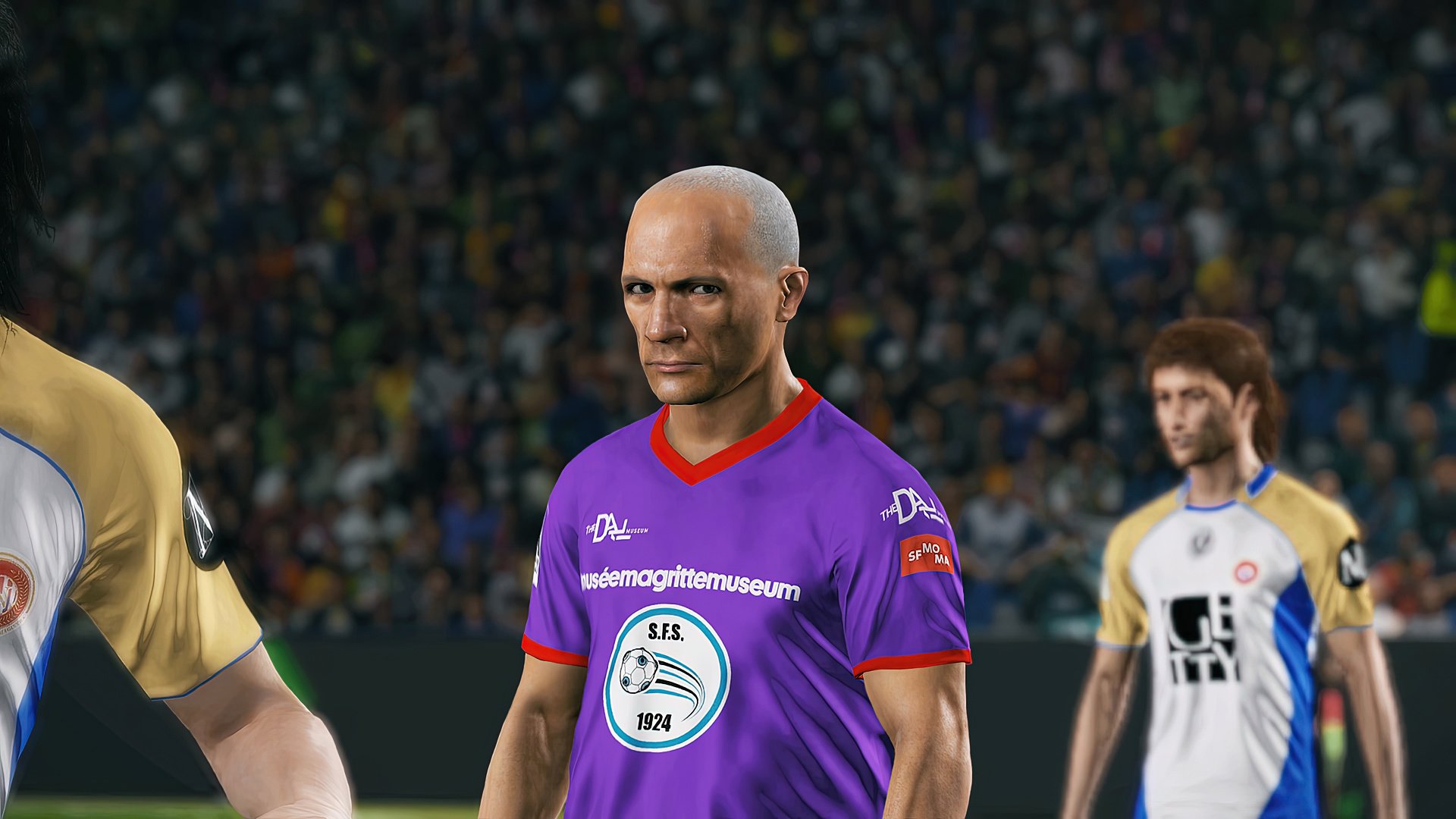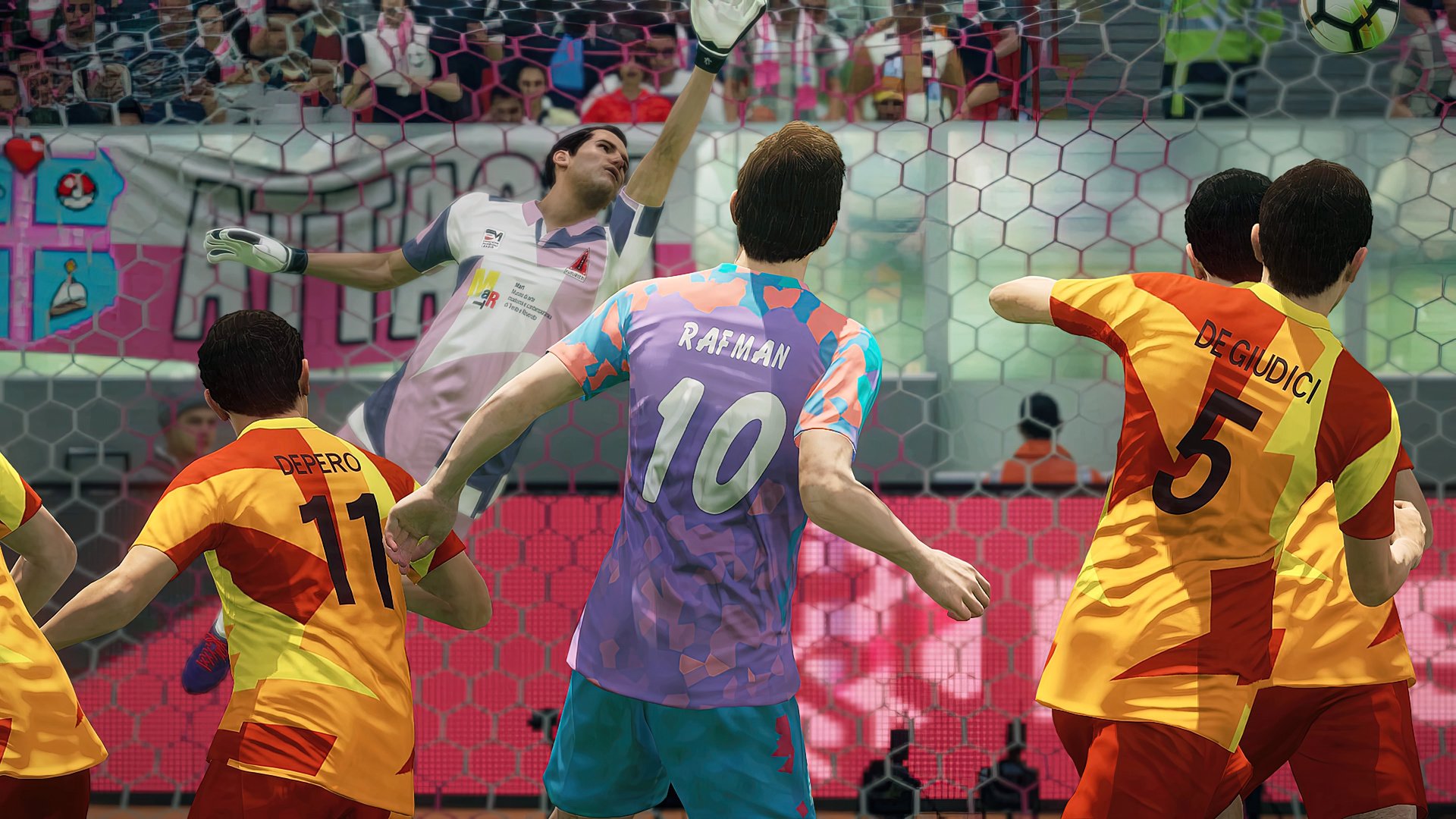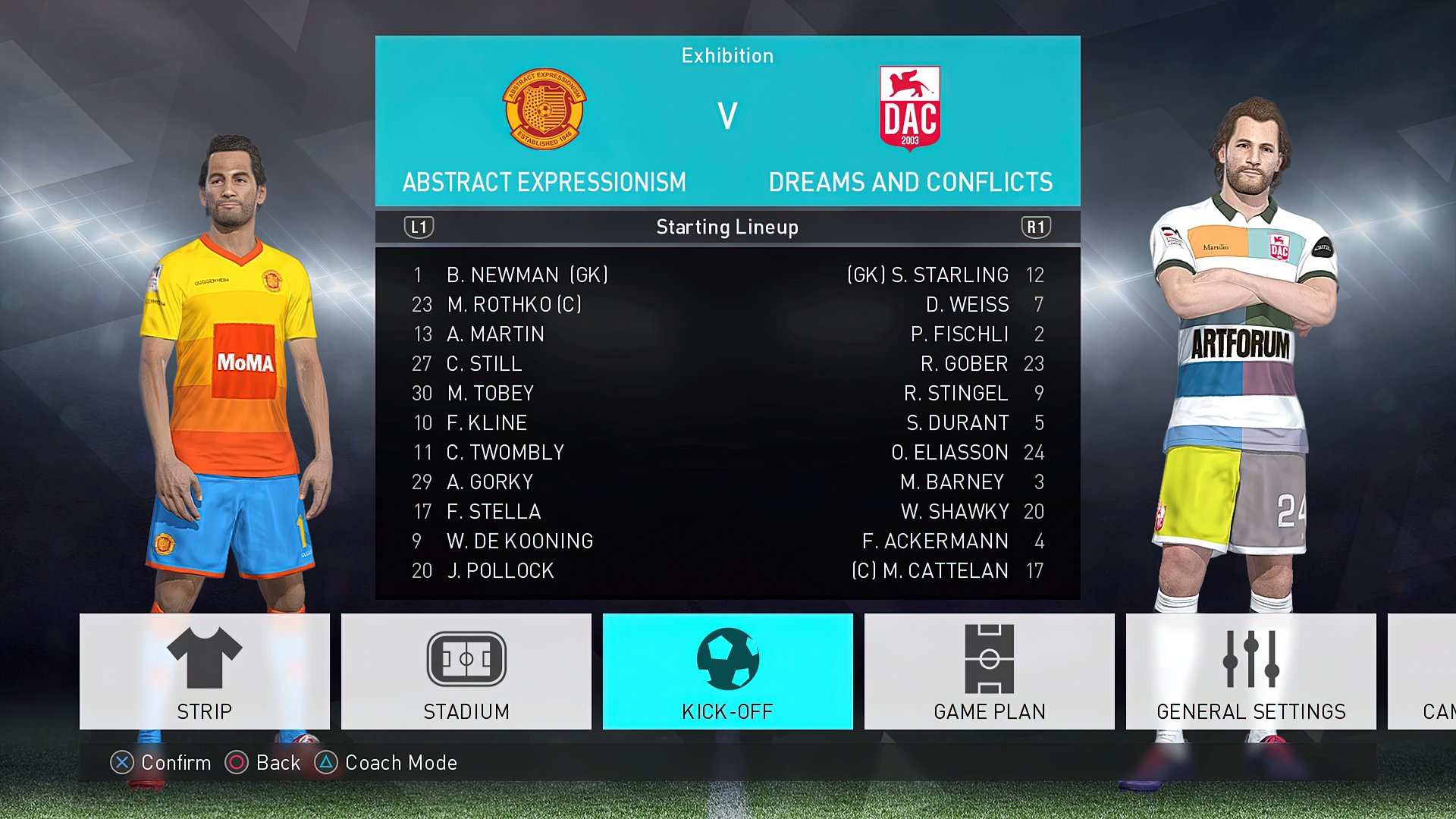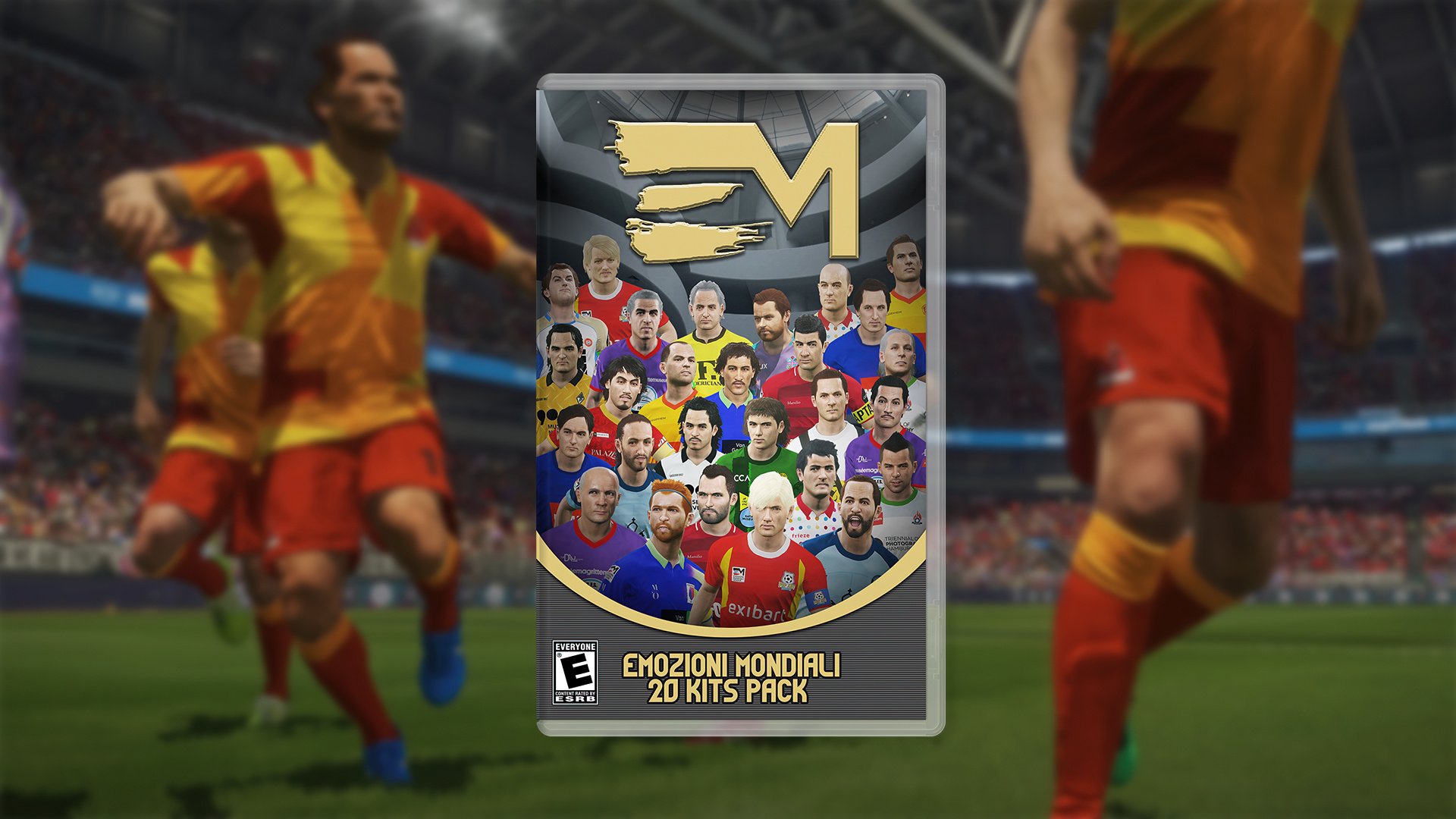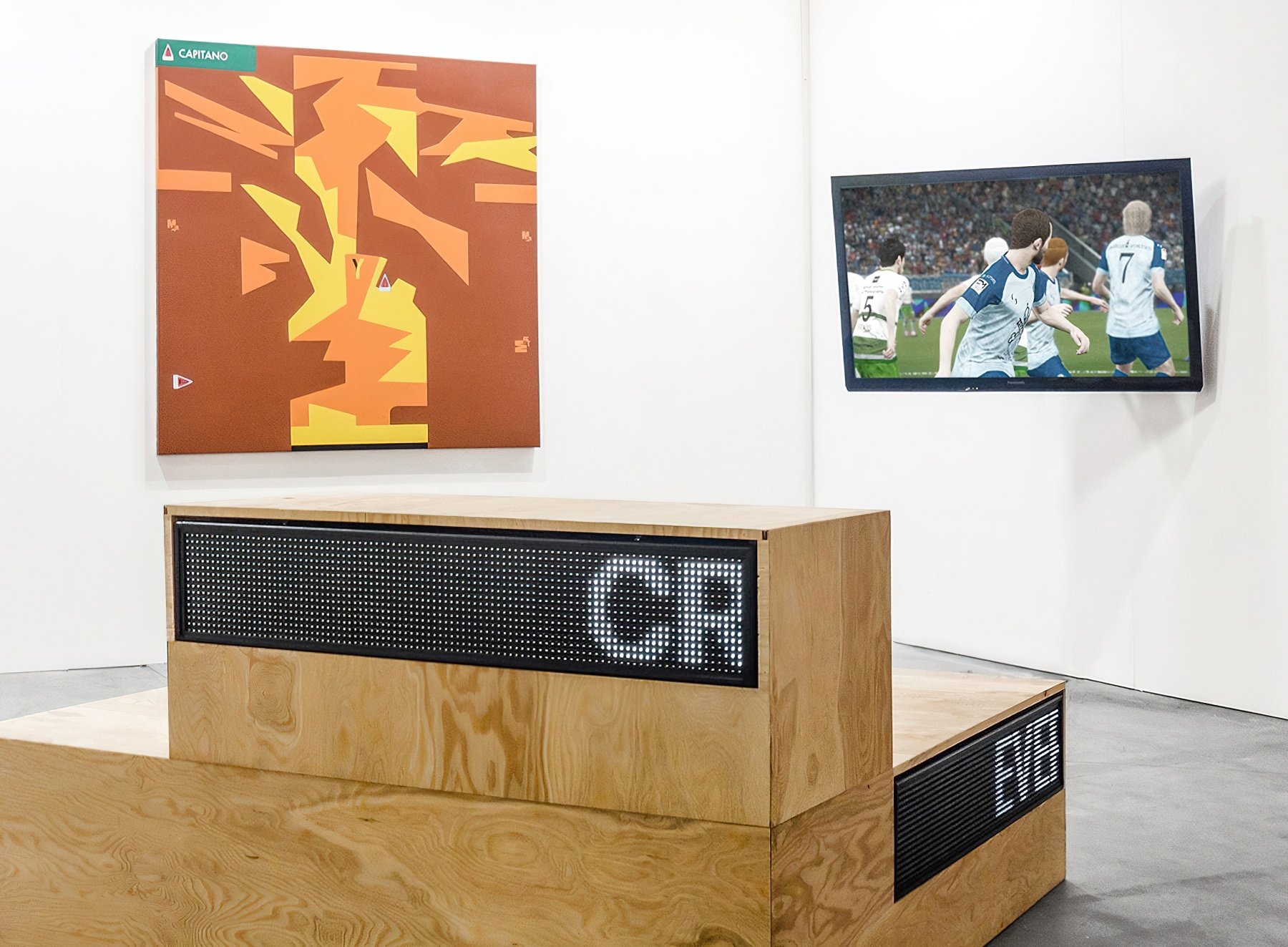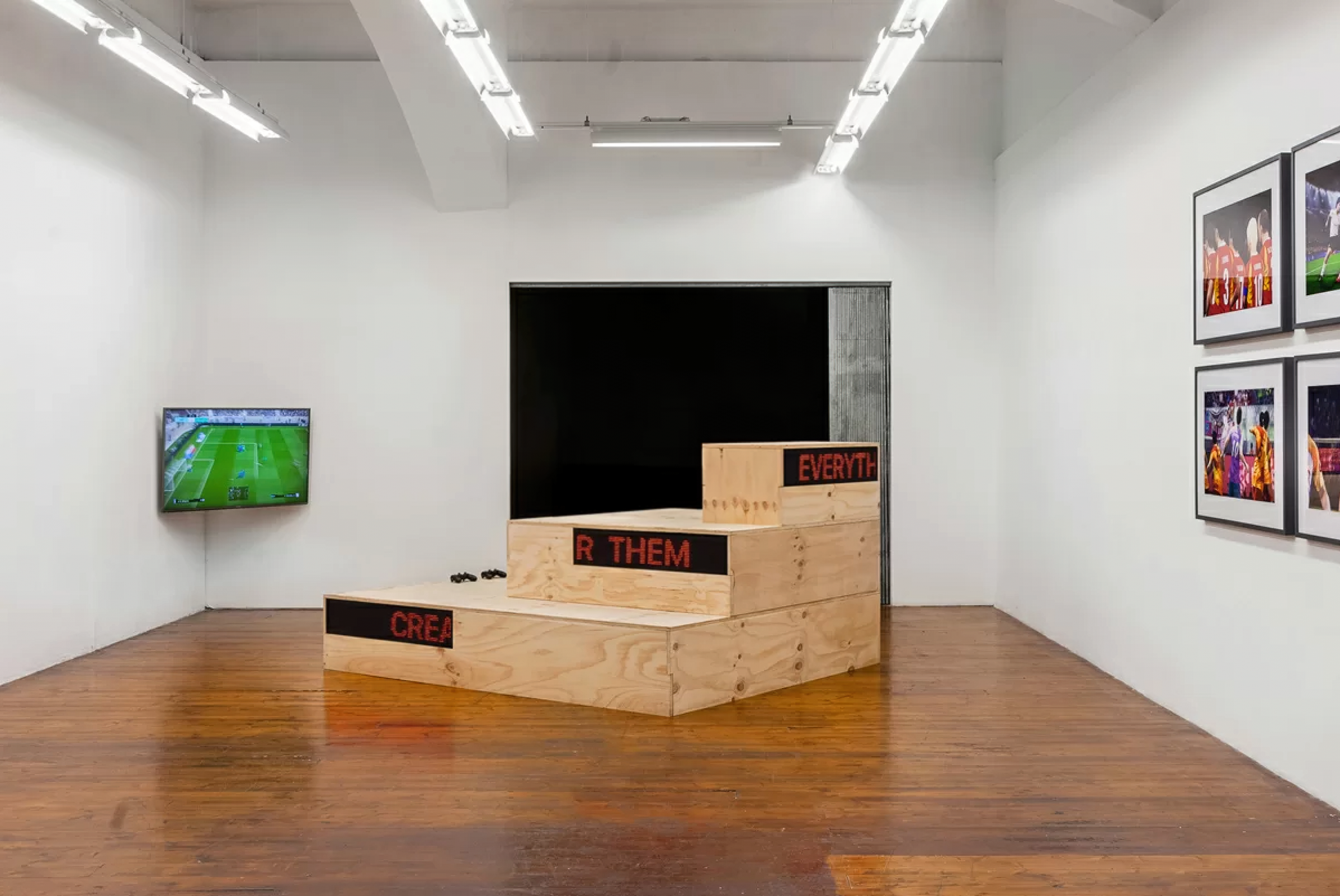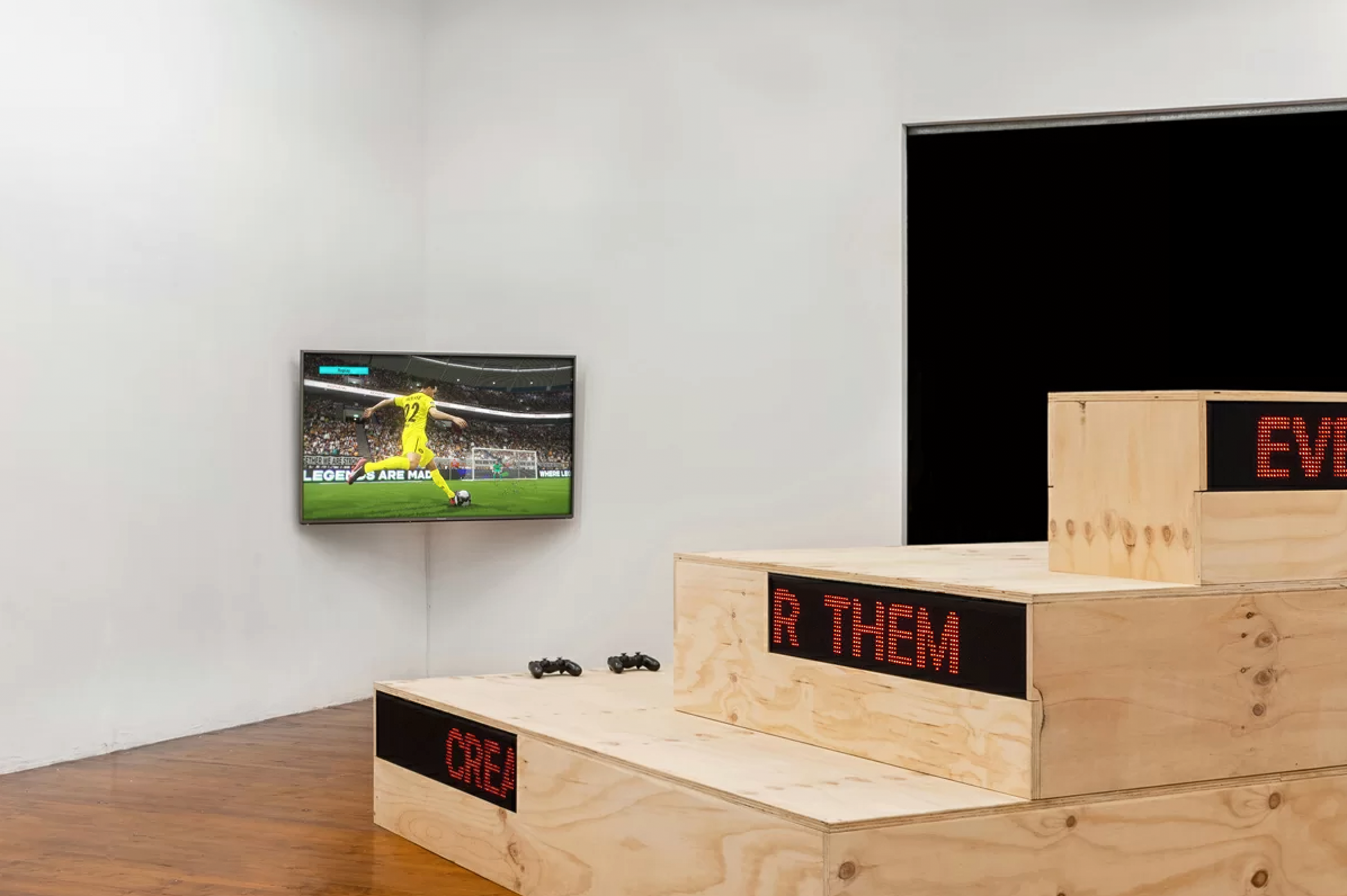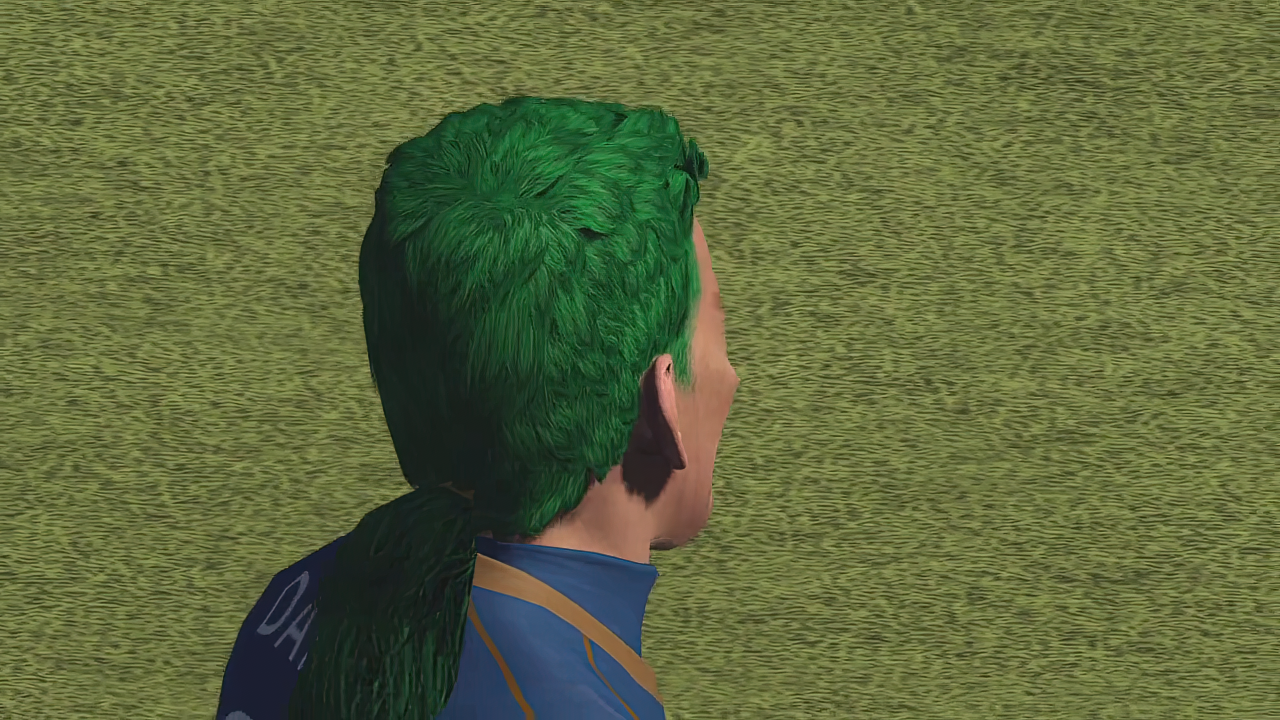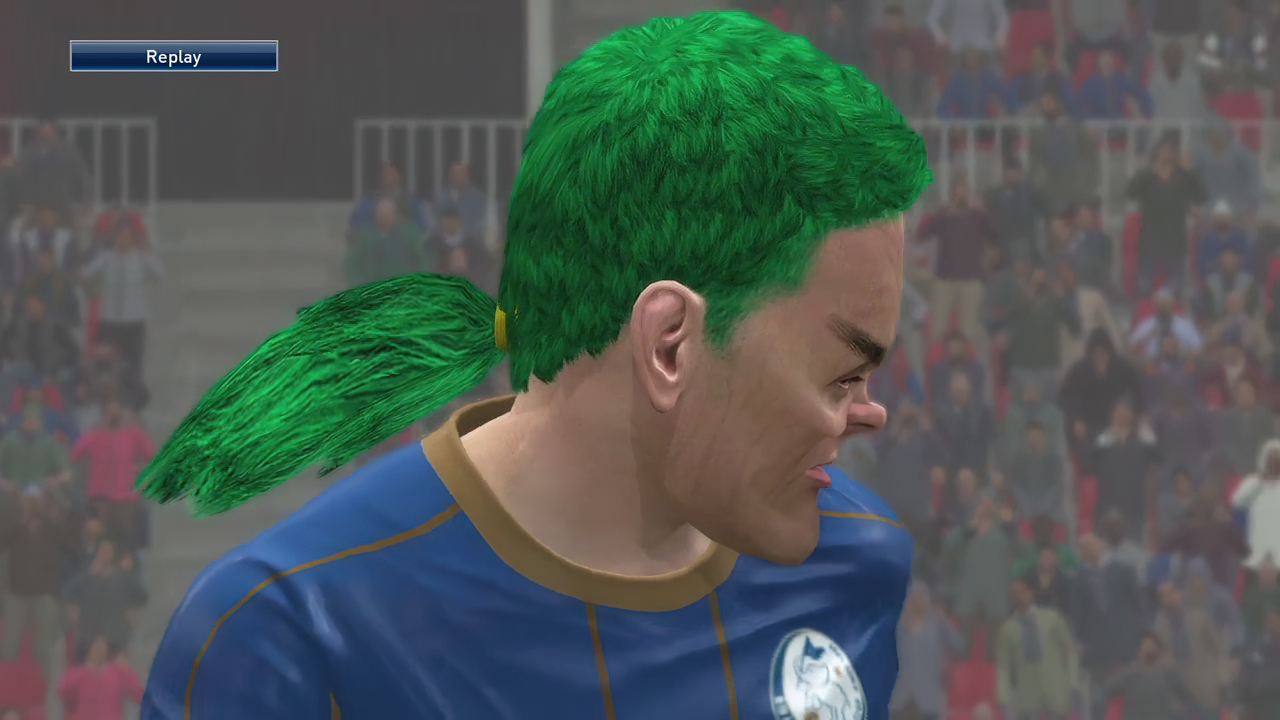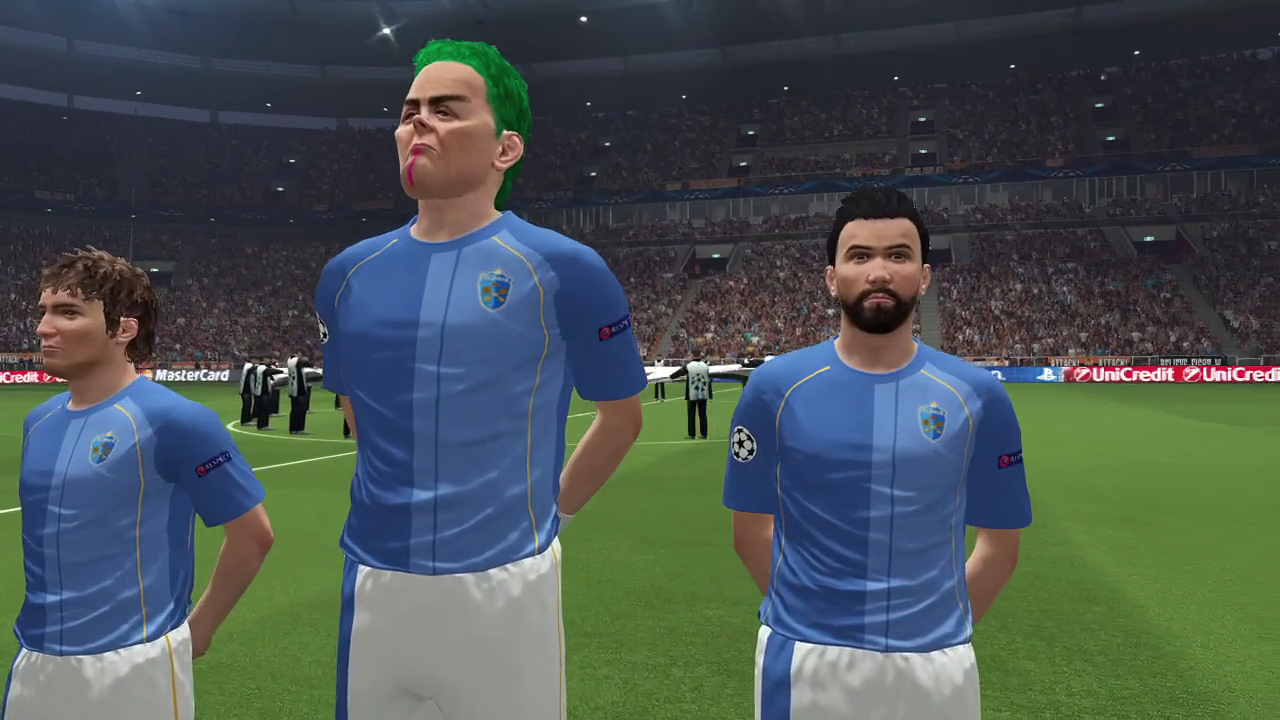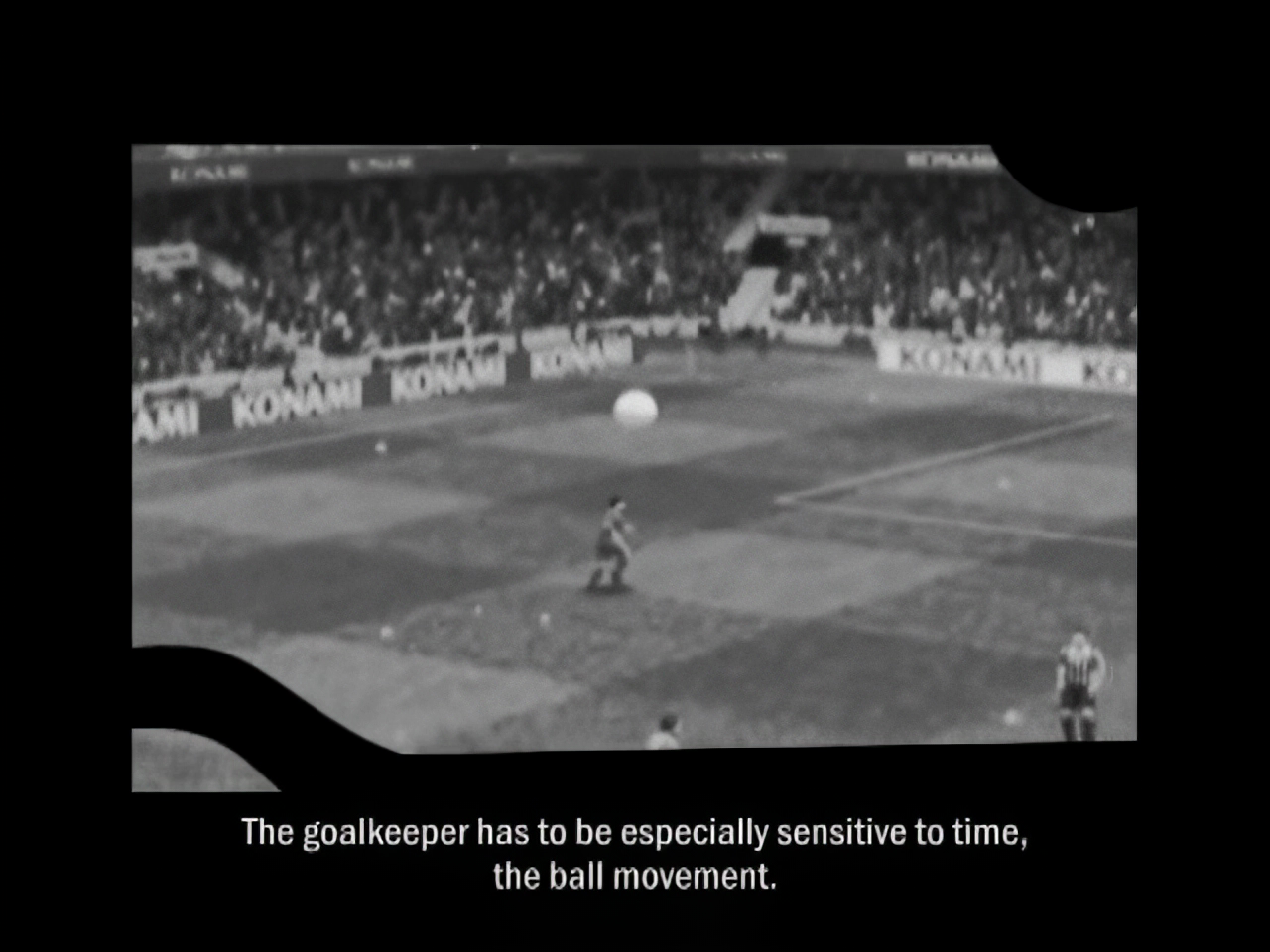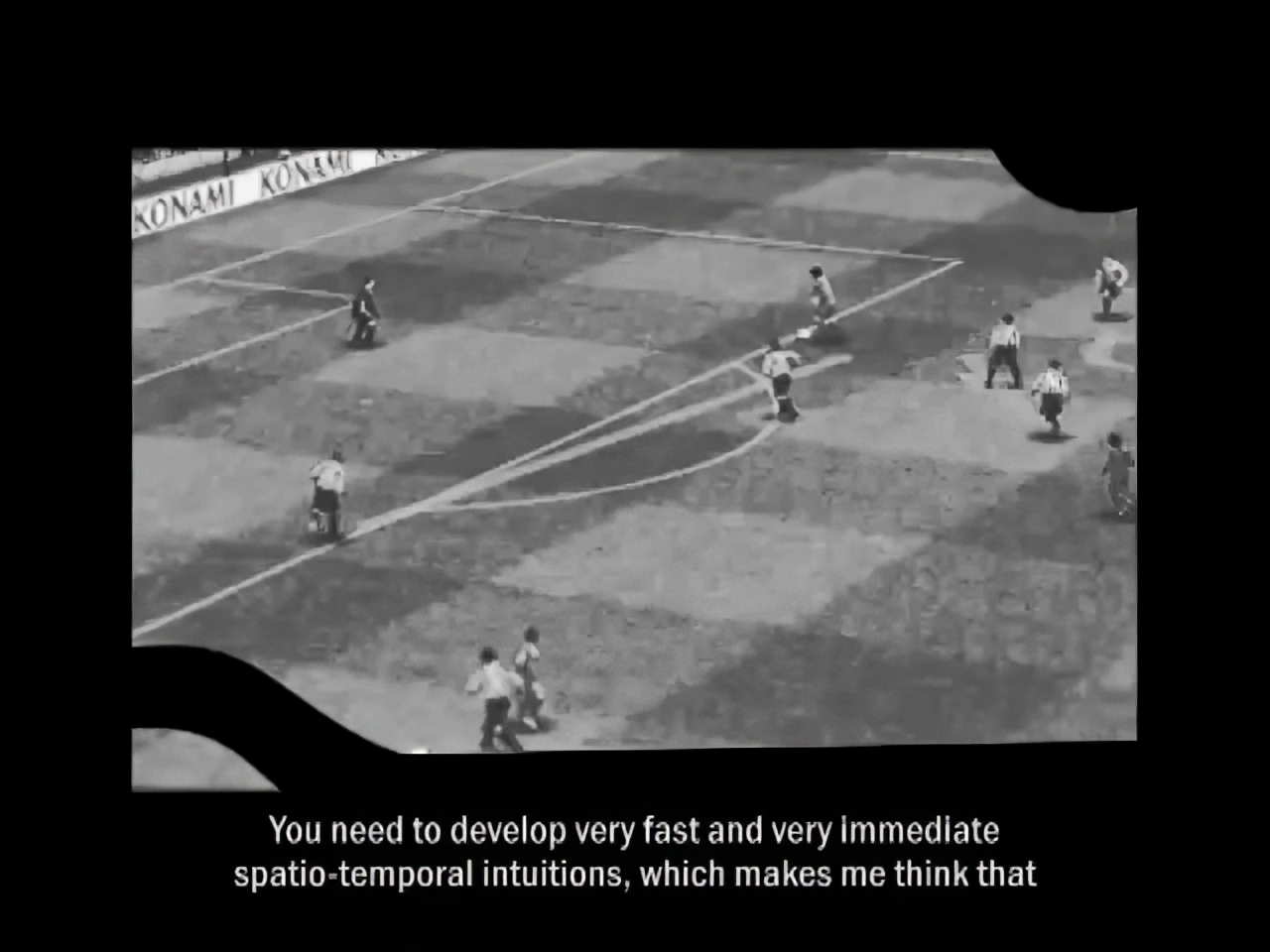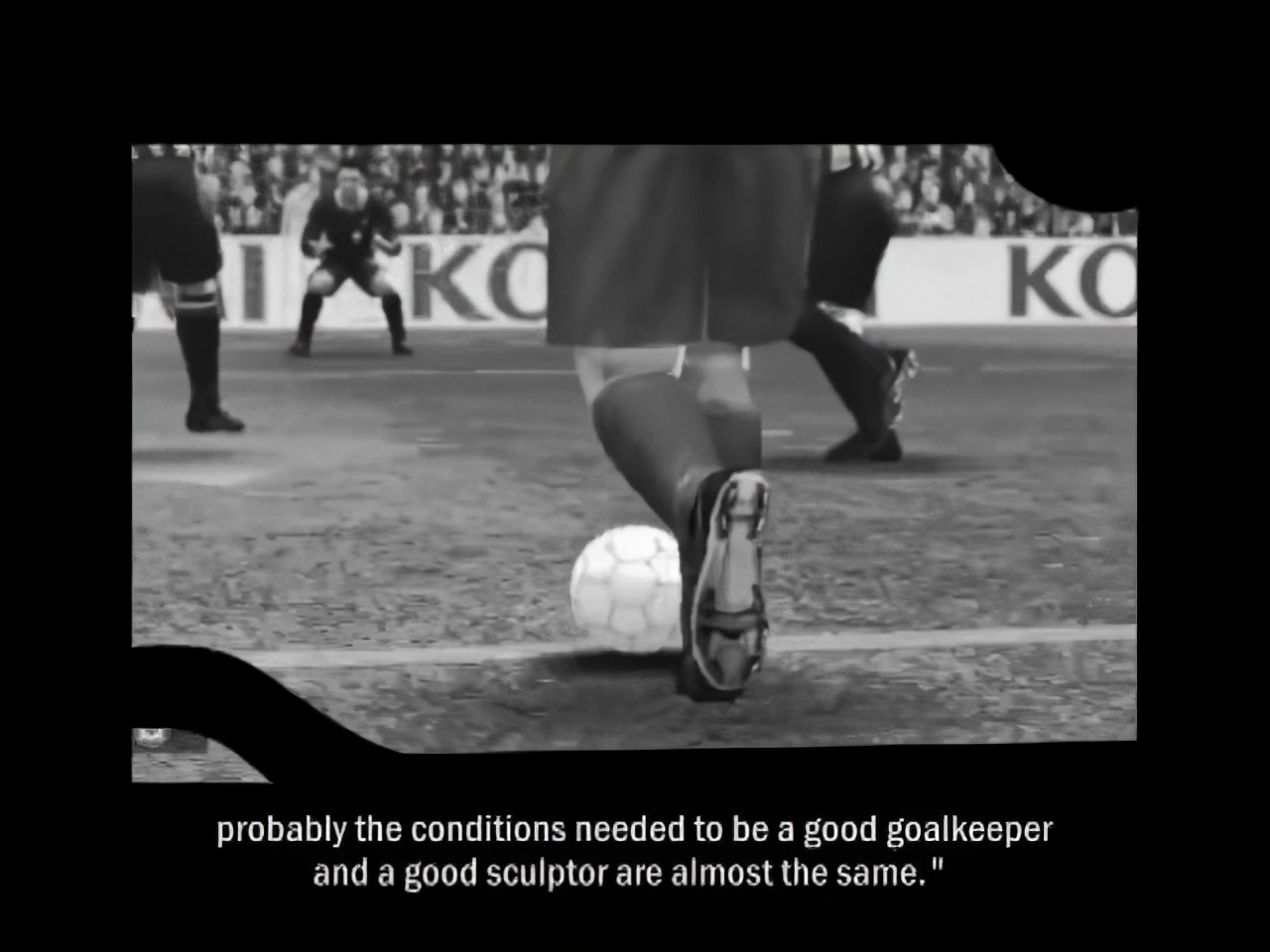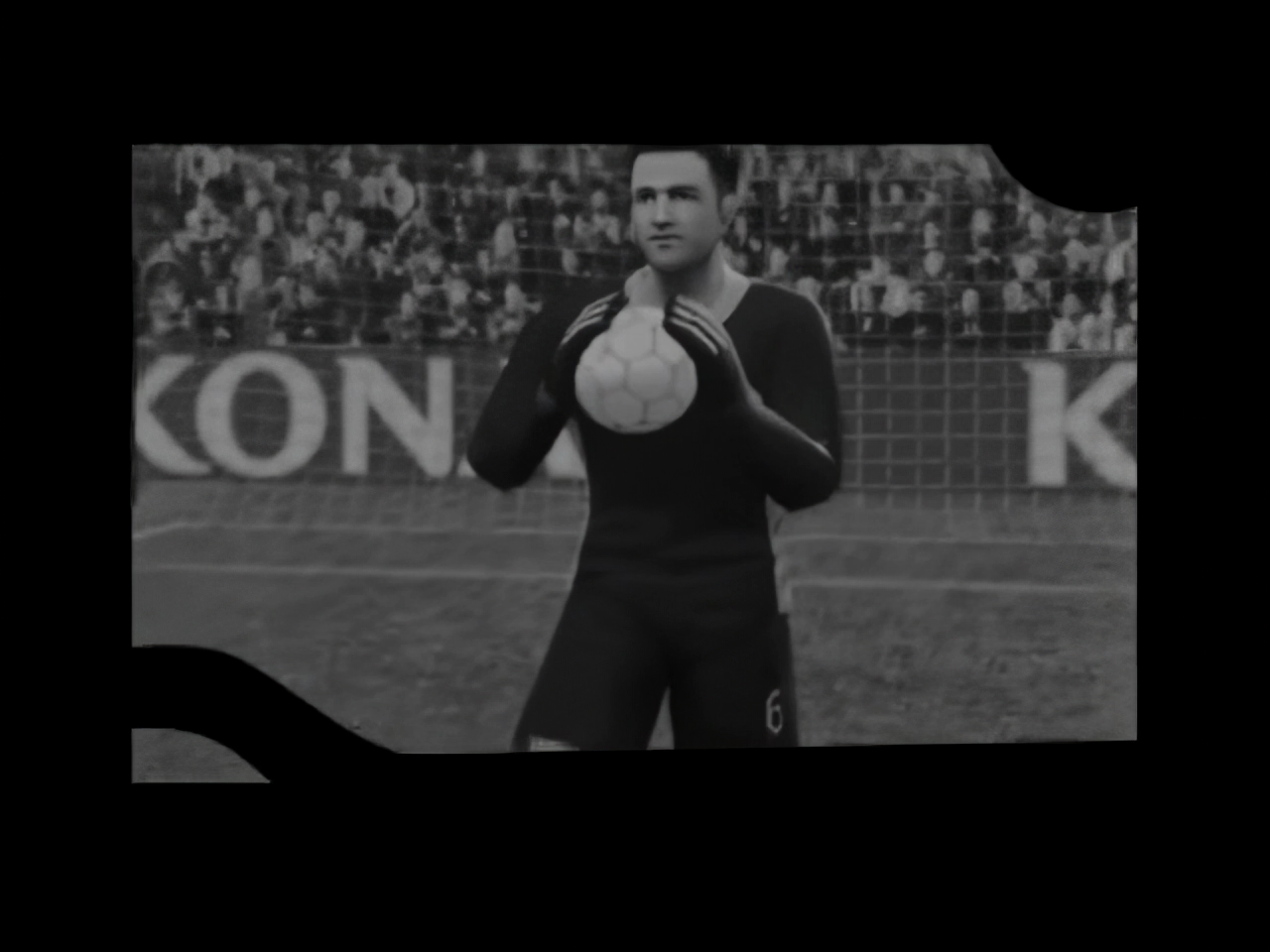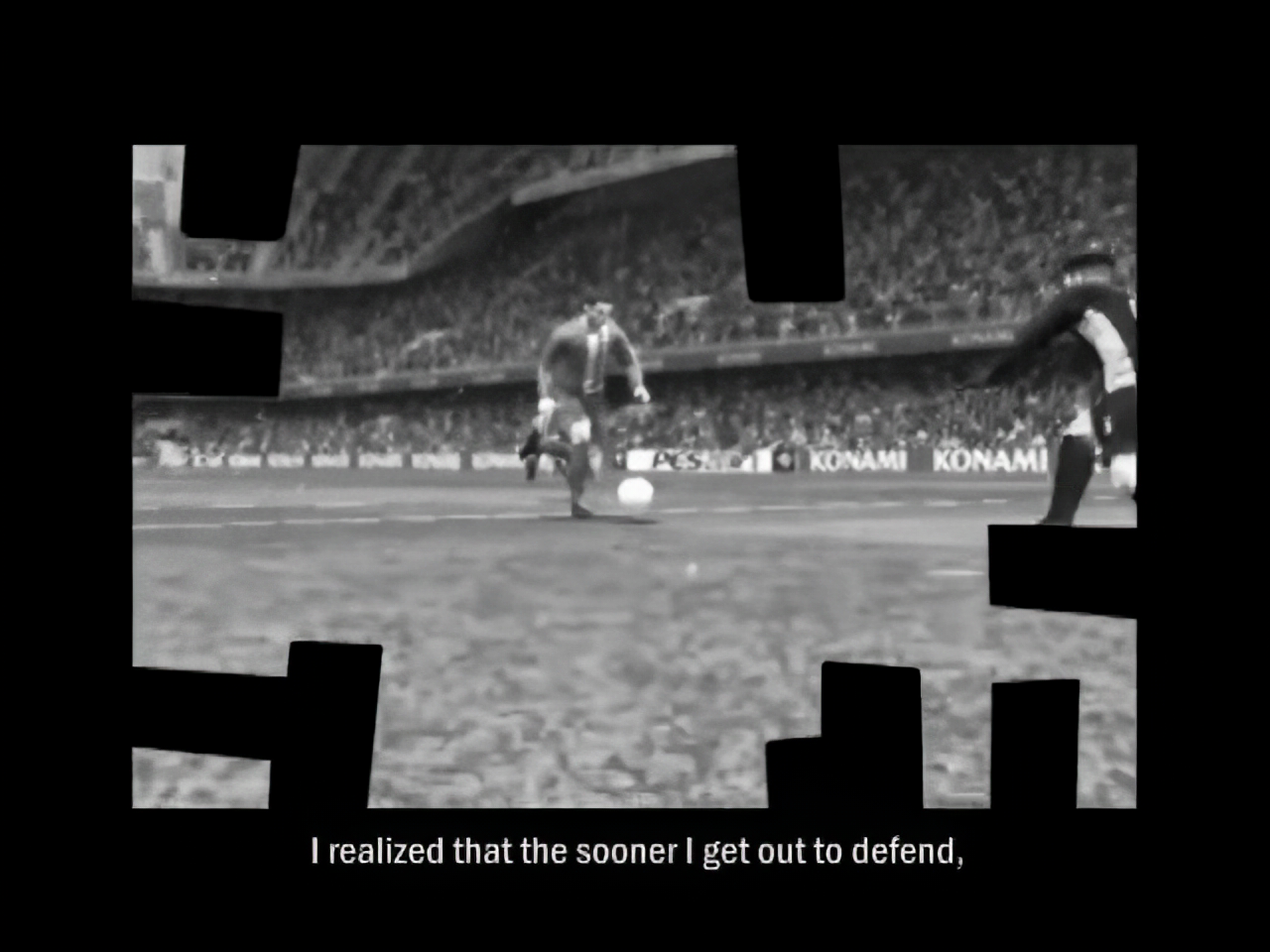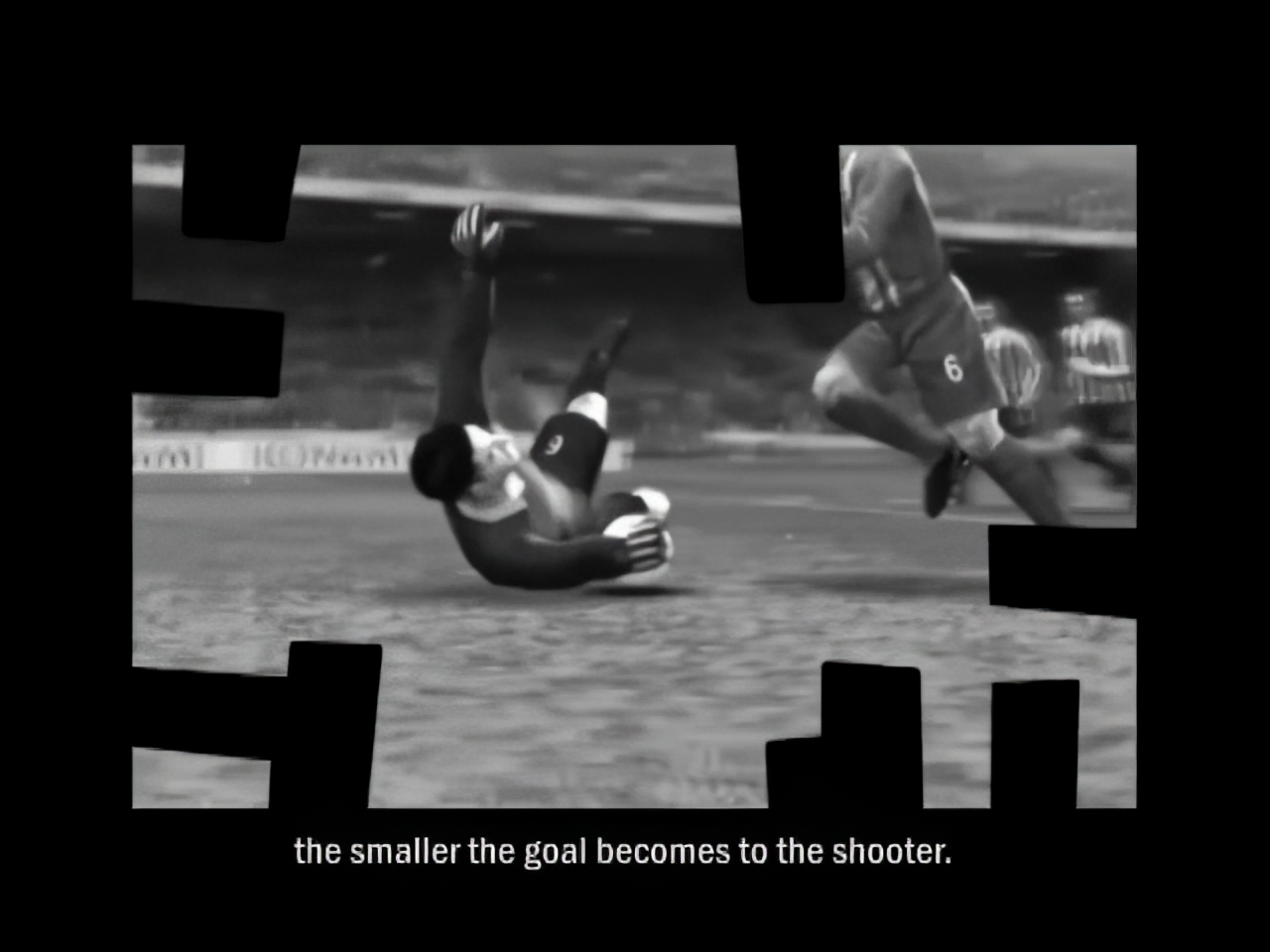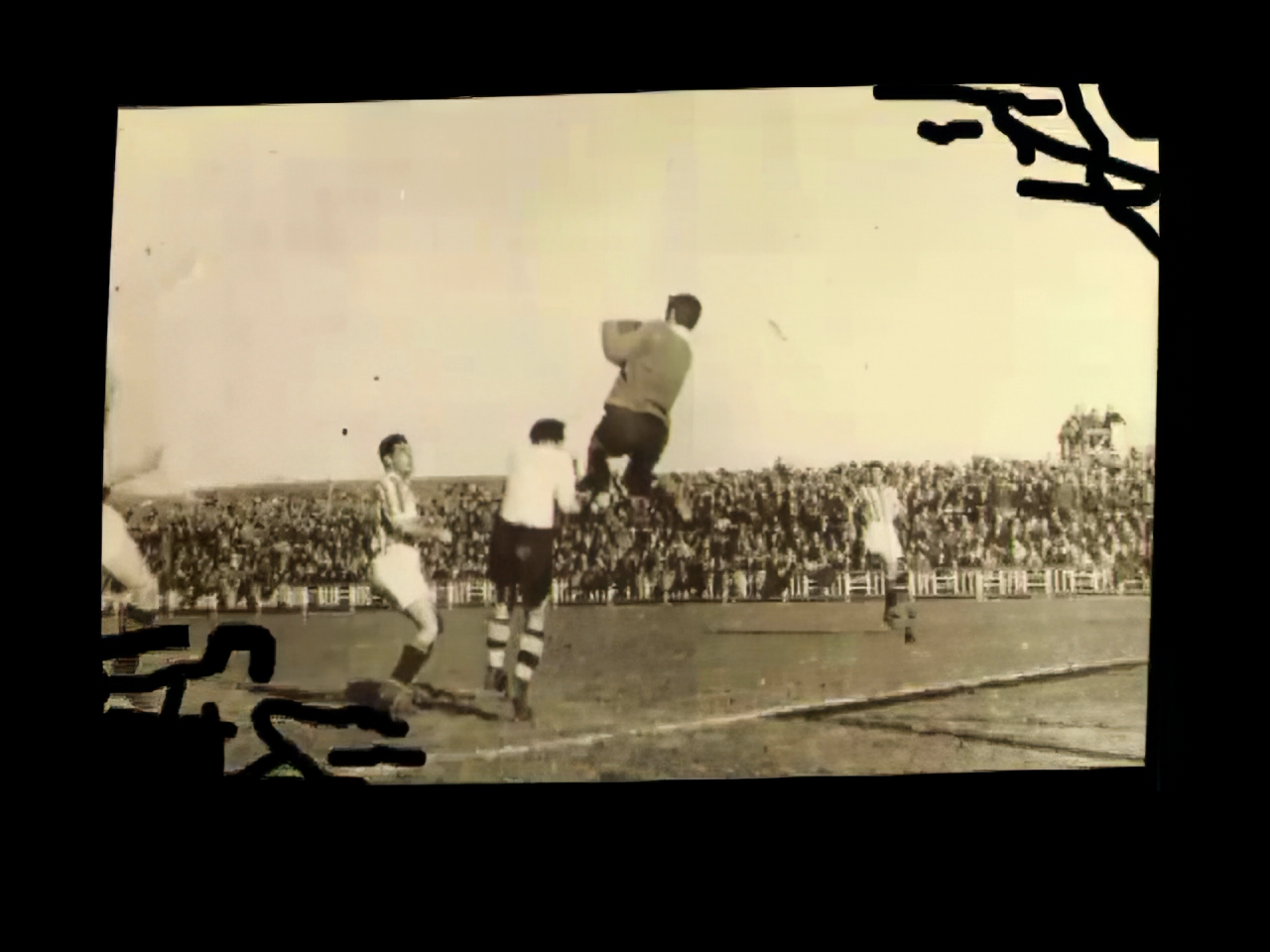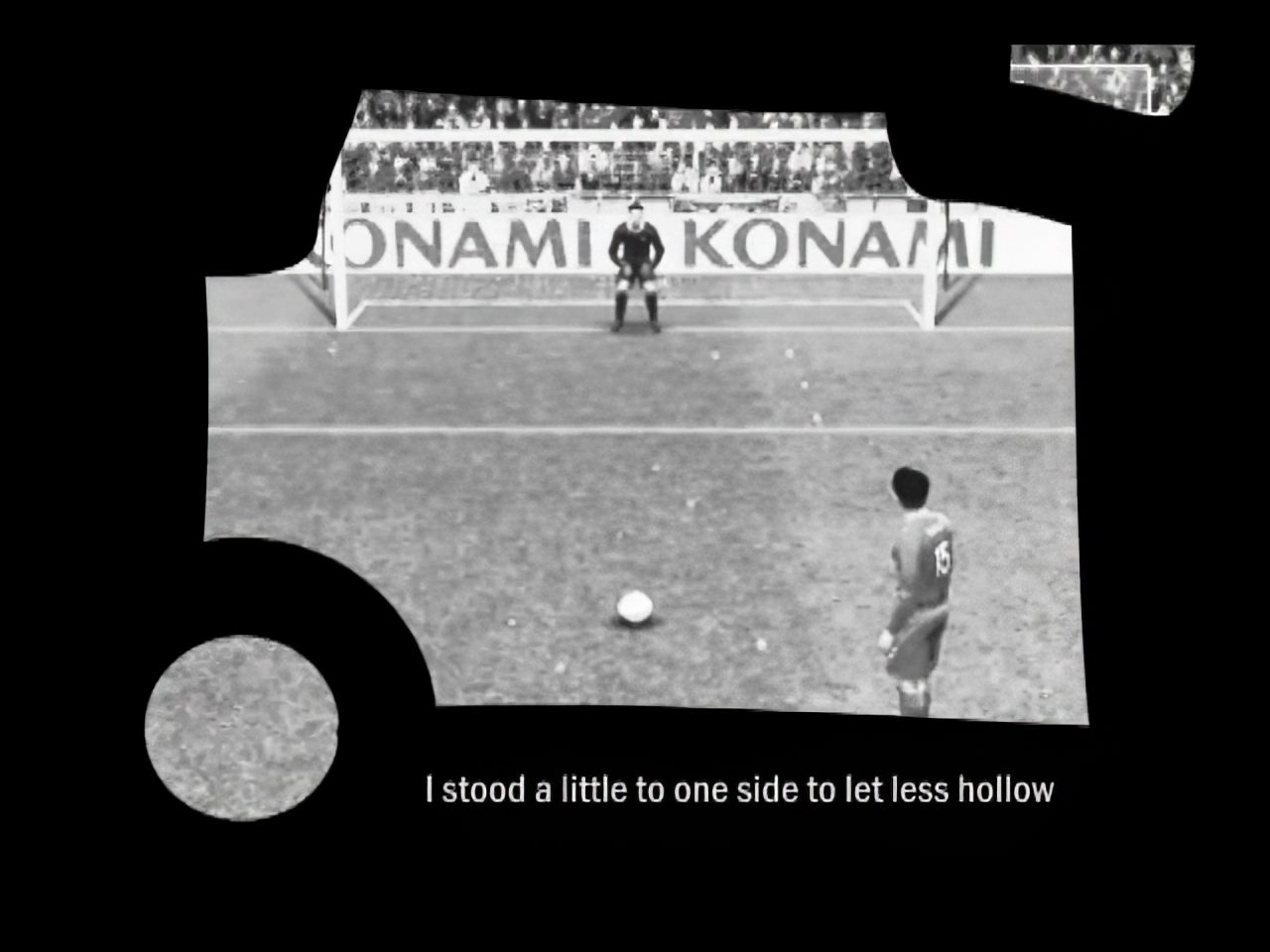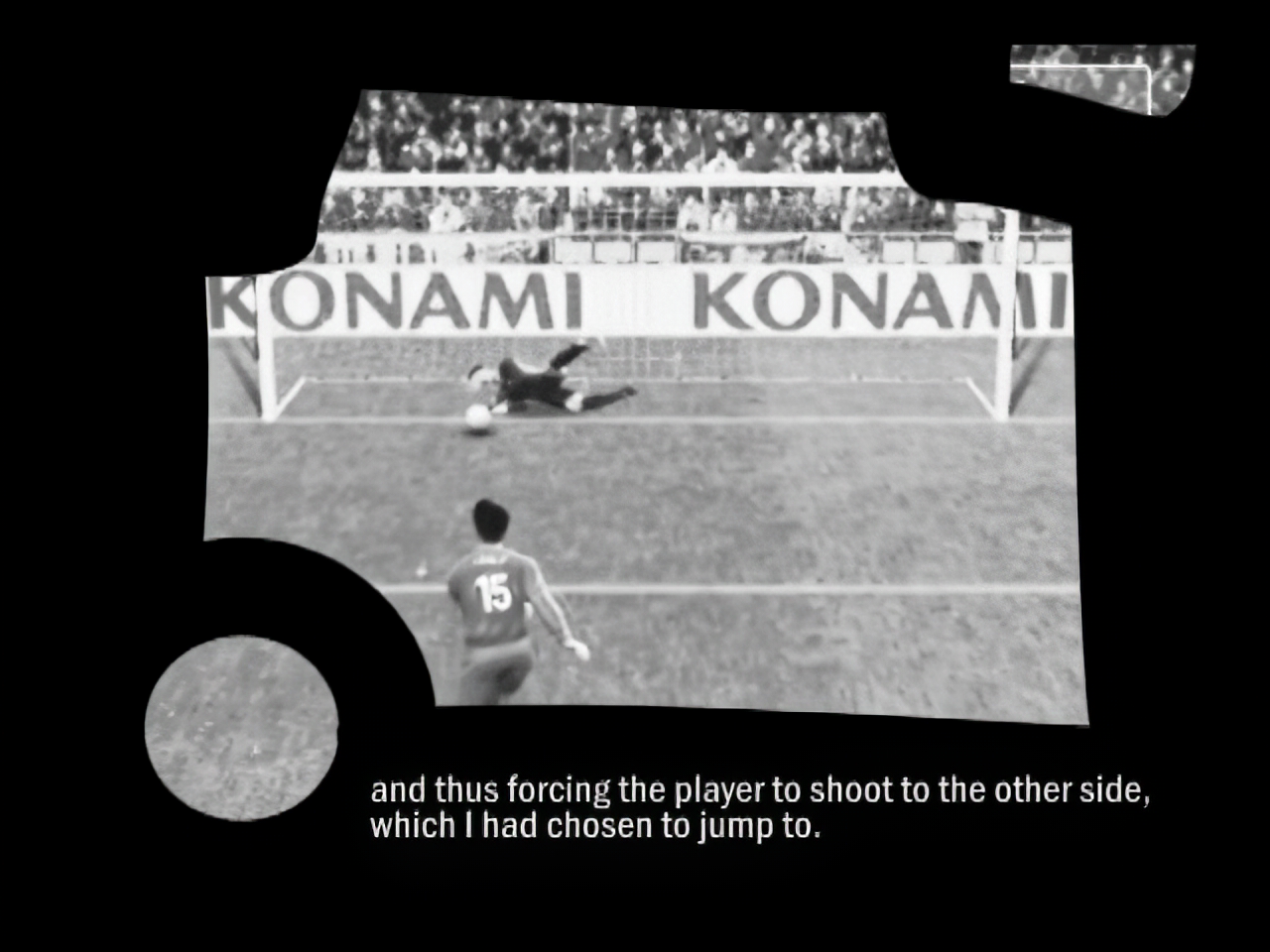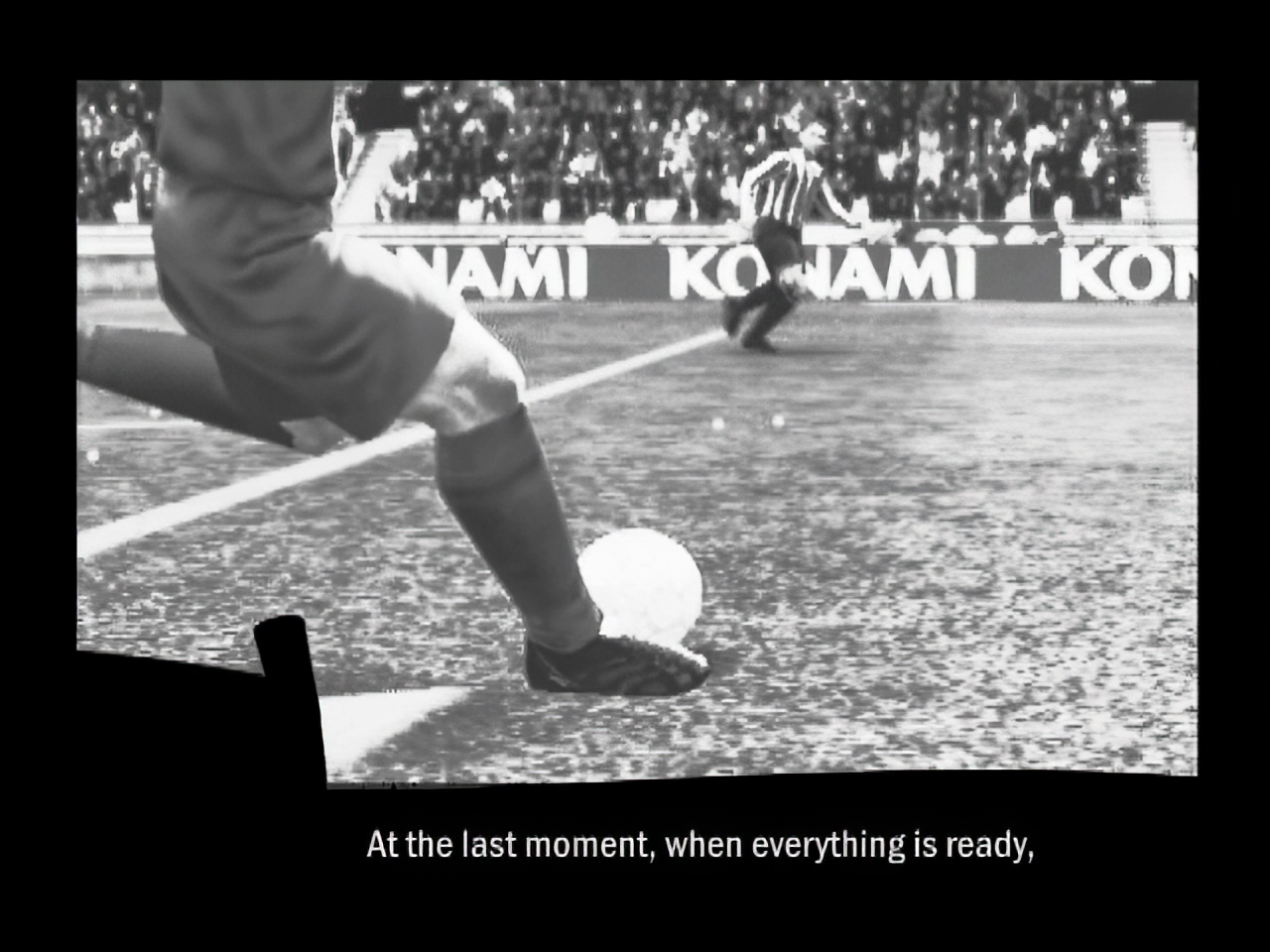PATREON-EXCLUSIVE CONTENT
〰️
PATREON-EXCLUSIVE CONTENT 〰️
VRAL is currently exhibiting Juan Obando’s Pro Revolution Soccer, a modded version of PES celebrating a counter-historical event: a match between Inter Milan and the Zapatista Army of National Liberation soccer team that never took place. Today, we are presenting another example of video game-based art created by hijacking, appropriating, and recontextualizing Konami’s popular soccer game, The Cool Couple’s Emozioni Mondiali (2018-ongoing) through the lens of Sarah Thornton’s notion of subcultural capital. Previous episodes in this series include Miguel Gomes, Marta Azparren, Gweni Llwyd and Owen Davies
Nicolò Benetton and Simone Santilli aka The Cool Couple, are known for their astute artistic interventions which often incorporate video games, as in the case of Flyin’ High (2021), a machinima created with(in) Microsoft Flight Simulator. Emozioni Mondiali (2018-ongoing) skillfully combines the domains of sport, politics, and art. Described as “an expansion kit” for the immensely popular football game Pro Evolution Soccer 2018, the work is an ironic and provocative arena that encourages user, pardon, visitor participation. Specifically, each museum goer is invited to engage in situ with a special edition of Konami’s simulation featuring customized athletes/artists belonging to distinct movements spanning from the Renaissance to the present day. Notably, among these teams are the duo themselves.
Executed with meticulous care and a deep respect for the evoked artists, events, and movements it represents – e.g., the Renaissance, Baroque, Neoclassicism, Romanticism, Impressionism, Futurism 1909, DADA, S.F. Surrealiste, Abstract Expressionism, Fluxus, Pop Art, Conceptual Art 1961, Art Informel, Land Art, Arte Povera, Young British Artists, Dreams and Conflicts – Venice Biennale 2003, Photo-Legends, Post-Internet, Documenta (13) –, Emozioni Mondiali is a mischievous examination of the symbiotic (parasitic?) relationship between art and sport, and vice versa. The work has been exhibited as an interactive installation running the customized iteration of Pro Evolution Soccer 2018, and it is complemented by abstract paintings based on the teams’ jerseys and uniforms patterns.
Emozioni Mondiali is both an exercise in skinning – i.e., the process of altering the visual look of game elements like characters, vehicles, or weapons of a video game without changing their underlying mechanics or gameplay functionality – and extreme customization. As most gamers know, skins are applied as textures, materials, or mesh overlays that give models a new surface look. Creating skins requires graphic design skills and often advanced 3D modeling knowledge to make the assets fit the game’s visual style. Moreover, skinning allows the most skilled players to put their own visual stamp on games in a way that shows off their style, skills, or status in the community and it could be considered an example of what art critic Sarah Thornton calls subcultural capital in her 1995 book Club Cultures, which refers to the social status, knowledge, and cultural competencies that confer prestige within certain subcultures. Subcultural capital can be converted into economic capital: unsurprisingly, the most sought out skin artists often provide their services to other gamers – and artists, why not? – for a price.
Matteo Bittanti
This is a Patreon exclusive content. For full access consider joining our growing community.

